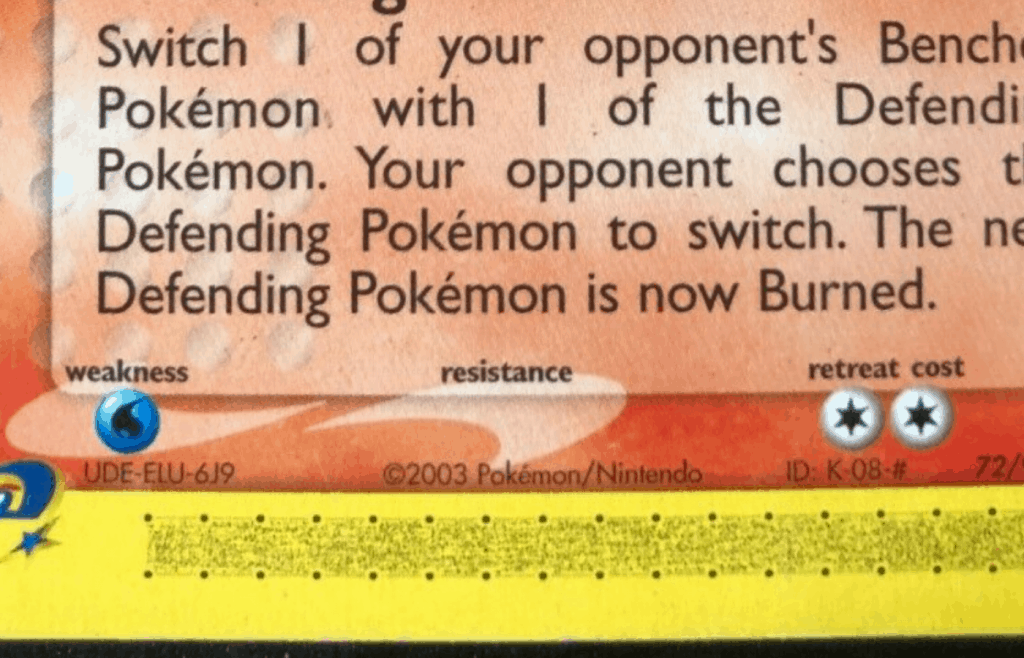Are serial numbers something to look for on Pokémon cards? Is this something you even need to think about?
Yes, Pokémon cards do include serial numbers. Why is this important? Because serial numbers can tell someone who knows what they’re looking at, what card it is, which set it came from, and which box or theme deck it came from. There are generally no patterns to these numbers unless you are dealing with a non-holographic card that has been made into a holographic card or vice-versa.
There are other factors to remember with Pokémon cards and serial numbers. Let’s discuss those factors. Understanding this subject can make it easier for you to know the difference between genuine Pokémon cards and fakes.
Why Do Pokémon Cards Have Serial Numbers?
Most legitimate products come with serial numbers. Pokémon cards are no different in this sense. Companies create and utilize these numbers to track where the cards are at any given point in the manufacturing process.
For example, no one wants the cards to get mixed up when sorting machines move at absolutely blazing speeds during production.
If there is a problem at some stage of the manufacturing process, a serial number will make it possible for the company to figure out exactly where the problem originated.
Can serial numbers be used to determine whether your Pokémon card is the real deal? Absolutely. However, to that particular end, there are a few things you will want to keep in mind.
Related: Best Pokémon Card Binder 5 Options
Do All Pokémon Cards Have Serial Numbers?
No, not all Pokémon cards have serial numbers.
The EX Series does include serial numbers. The Neo Series and Diamond and Pearl Series, among others, do not. This means you can’t just use the presence of a serial number as a means of determining whether or not your Pokémon card is real or fake.
While serial numbers can be helpful, there are a few other ways to know the legitimacy of your Pokémon cards. This begins with understanding the different types of rare cards. You will also want to exact the value.
To check the current price and availability of Pokemon EX Series Cards, click here to view the selection on Amazon.
How Do I Find Out My Pokémon Card Number?

While serial numbers are one potential way to figure out a Pokémon card’s value, there are arguably much more effective ways to achieve this. One of the simplest is to check for another number. You’ll find two numbers along either the bottom left of the card or potentially along the bottom right.
The first number refers to a particular card’s number in that particular set. The second number will tell you how many cards are in the set.
So, for example, in the Neo Genesis expansion, Togepi is the 51st Pokémon of the 111 total cards in the set.
One way to determine if the card is rare is to look for the ones with numbers higher than the established maximum. This means you have cards that are classified as Secret Rare. While not every valuable Pokémon card has this distinction, it can be an excellent way to know immediately if you’re dealing with something rare.
How Can You Tell If Pokémon Cards Are Fake?
Unfortunately, serial numbers and other types of numbers aside, we have just begun to scratch the surface of how to value your Pokémon cards and tell whether or not your Pokémon cards are fake.
Valuing your Pokémon cards can involve several steps. However, when it comes to determining fake or genuine Pokémon cards, there are a few simple things you can consider:
- Make sure the Pokémon exist! Some scammers have tried to sell Pokémon cards to people who may not know every example under the sun (for example, someone buying a rare Pokémon card as a gift for a friend).
- Look for an accent! One fast way to discover and discard a fake is to make sure the little “accent” over the “E” in Pokémon can be found. No exceptions!
- Spelling mistakes and poor grammar guarantee you are not dealing with a real card.
- Ensure the elemental symbols are in their proper places throughout the card.
- Check the HP for the card against other examples of the same Pokemon from the same set. While not all examples of a single Pokemon in a set are going to have the exact same HP, there will be some degree of consistency with where that number ultimately falls for each. To that end, if your Charizard for example has 1200 HP, it probably isn’t real.
It can also be helpful to compare your card to other copies, if possible. Look for differences in card size, the type of cardstock used, the text’s quality, and even color saturation.
Yes, some Pokemon cards do have misprints/errors. However, these are already well-documented. If you have a card with a misprint or error, which could indeed have some worth, you will probably be able to find evidence that you’re not the only one with some basic online research.
Final Thoughts
At this point, with a clearer idea of how to spot fakes, you are in a much better position to not only make sure you’re buying a real card, but also in case you want to figure out the value of your cards. Remember that circle cards are common, while diamond cards are considered uncommon. If you have a star, then the card is rare. A star/H or set of 3 stars will mean you have an extremely valuable card on hand.
Serial numbers, as we mentioned before, are not as crucial as some of the other items we’ve covered.
Nonetheless, keep in mind that many Pokemon cards do indeed include them. This can be among the features that can show you in no uncertain terms whether the card is worth selling or buying.


